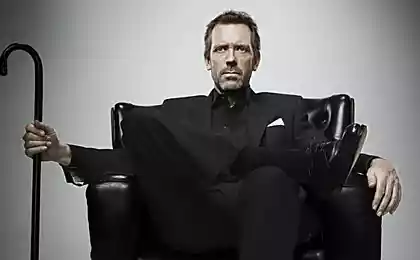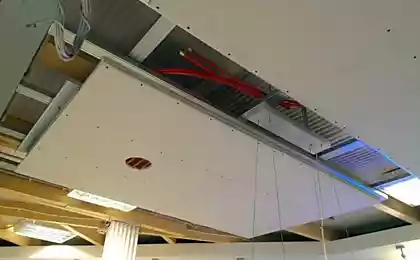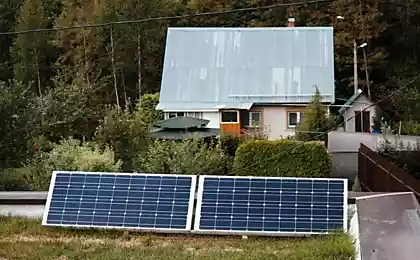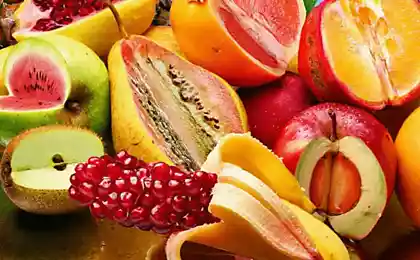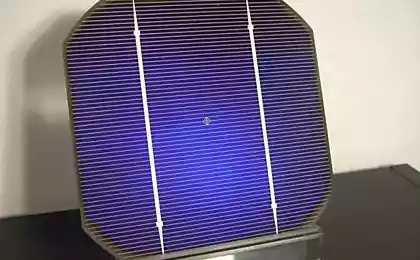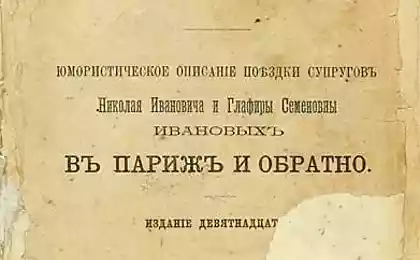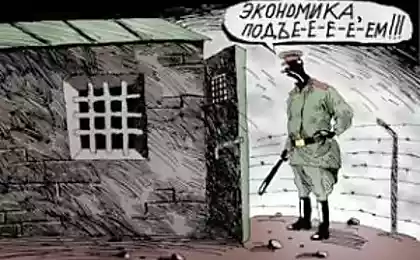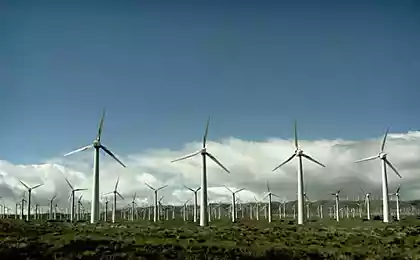422
Symbiosis of agriculture and solar energy or agropolitical in German
The top is power from below growing wheat or potatoes. German scientists want to use the land for two purposes. Agroprotienka setting on lake Constance — a pilot project researchers.
To feed more people and produce clean energy — the goal of this project. "Land resources are not limitless," says Professor Peter hegi University in the German city of Hohenheim. Therefore, the land should be used simultaneously for several purposes — to grow food and produce electricity, she said.
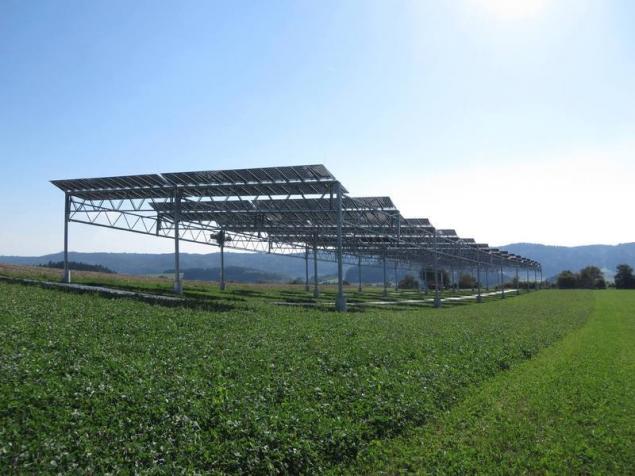
In a pilot project at lake Constance, the researchers from various institutes decided to analyze the use of a dual land use. How effectively you can combine agricultural farm solar farm?
Potatoes under the current
On one part of the arable land size of 2.5 hectares wheat, clover, potatoes and celery. Part of the planting grows under an array of solar panels, and the other processed without shading of PV modules.
The experiment should shed light on what types of vegetables and crops most suitable for agropolitical stations. First results show that the potatoes under the electric plants are growing even better than free from a shadow area. "But the wheat is growing worse," says hegi.
During the three subsequent years with the help of sensors and analysis of soil samples the researchers will observe the differences between the two parts of the experimental setup — in particular the changes in biological diversity and productivity level. This project is funded by the Federal Ministry of education and research of Germany.

In search of optimal settings
While for Germany it is an experiment, hybrids of solar power plants and farm fields are already working in France, Italy and especially Japan. "It is functioning. Experience shows that the negative impact on the efficiency of agriculture is absent or minimal," says project Manager Stefan the Shingle from the Institute of solar energy systems, which is included in the German network of research institutions of the Fraunhofer-Gesellschaft.
Project Manager for agritouristic Stefan the Shingle from the Fraunhofer Institute
In order to do the installation in the most efficient, before its installation by the researchers prosimulirovali with the help of computer programs will fall shade. Its supporting structure is made without the use of concrete, so they can always be easily and completely disassembled from the field. Thus for the treatment of fields with large equipment is enough space. And a large space between the individual photovoltaic modules guarantees optimal distribution of sunlight on the arable field.
Cheaper sea wind
As the Foundation for egrettably costs more then electricity production in this case correspondingly more expensive. "The cost of electricity production from the research of the unit is about 11.3 cents per kilowatt-hour," says Shingles.
But the more of this type to be built, the more cheaper they will become, he adds. If the farmers in Germany will receive at least 10 cents from kazhdogo kilowatt-hours, these settings will be profitable for them. Electricity production on them, according to the Shingle, is thus even cheaper than the wind turbines placed at sea. In the future throughout Germany with agrobotanici can produce from 25 to 50 gigawatt-hours of electricity. Thus it is possible to cover up to eight percent of the country's needs in electricity, say the authors of the project.
Green fields in the deserts of Qatar
Potential agrobotanici is not only in Germany but worldwide — especially in regions with a large number of Sunny hours. There the production of solar electricity is much cheaper.
Besides, in such countries itself, even the shadow of the plant, combined with the best gidrotechnical provides new opportunities for agriculture, says the shingle. As an example, he cites Qatar. The Institute where the scientist works, advises this country. Today it produces only two percent of its needs in food products, the rest is imported at great cost. Now there is the idea of growing from twenty to thirty percent of essential food products in the so-called "green deserts", says Sendele. In his opinion, the option for the country would be solar photovoltaic installation in conjunction with agricultural land and desalination of seawater. published
Source: ecotechnica.com.ua/energy/solntse/1490-simbioz-selskogo-khozyajstva-i-solnechnoj-energetiki-ili-agrofotoelektrika-po-nemetski.html
To feed more people and produce clean energy — the goal of this project. "Land resources are not limitless," says Professor Peter hegi University in the German city of Hohenheim. Therefore, the land should be used simultaneously for several purposes — to grow food and produce electricity, she said.

In a pilot project at lake Constance, the researchers from various institutes decided to analyze the use of a dual land use. How effectively you can combine agricultural farm solar farm?
Potatoes under the current
On one part of the arable land size of 2.5 hectares wheat, clover, potatoes and celery. Part of the planting grows under an array of solar panels, and the other processed without shading of PV modules.
The experiment should shed light on what types of vegetables and crops most suitable for agropolitical stations. First results show that the potatoes under the electric plants are growing even better than free from a shadow area. "But the wheat is growing worse," says hegi.
During the three subsequent years with the help of sensors and analysis of soil samples the researchers will observe the differences between the two parts of the experimental setup — in particular the changes in biological diversity and productivity level. This project is funded by the Federal Ministry of education and research of Germany.

In search of optimal settings
While for Germany it is an experiment, hybrids of solar power plants and farm fields are already working in France, Italy and especially Japan. "It is functioning. Experience shows that the negative impact on the efficiency of agriculture is absent or minimal," says project Manager Stefan the Shingle from the Institute of solar energy systems, which is included in the German network of research institutions of the Fraunhofer-Gesellschaft.
Project Manager for agritouristic Stefan the Shingle from the Fraunhofer Institute
In order to do the installation in the most efficient, before its installation by the researchers prosimulirovali with the help of computer programs will fall shade. Its supporting structure is made without the use of concrete, so they can always be easily and completely disassembled from the field. Thus for the treatment of fields with large equipment is enough space. And a large space between the individual photovoltaic modules guarantees optimal distribution of sunlight on the arable field.
Cheaper sea wind
As the Foundation for egrettably costs more then electricity production in this case correspondingly more expensive. "The cost of electricity production from the research of the unit is about 11.3 cents per kilowatt-hour," says Shingles.
But the more of this type to be built, the more cheaper they will become, he adds. If the farmers in Germany will receive at least 10 cents from kazhdogo kilowatt-hours, these settings will be profitable for them. Electricity production on them, according to the Shingle, is thus even cheaper than the wind turbines placed at sea. In the future throughout Germany with agrobotanici can produce from 25 to 50 gigawatt-hours of electricity. Thus it is possible to cover up to eight percent of the country's needs in electricity, say the authors of the project.
Green fields in the deserts of Qatar
Potential agrobotanici is not only in Germany but worldwide — especially in regions with a large number of Sunny hours. There the production of solar electricity is much cheaper.
Besides, in such countries itself, even the shadow of the plant, combined with the best gidrotechnical provides new opportunities for agriculture, says the shingle. As an example, he cites Qatar. The Institute where the scientist works, advises this country. Today it produces only two percent of its needs in food products, the rest is imported at great cost. Now there is the idea of growing from twenty to thirty percent of essential food products in the so-called "green deserts", says Sendele. In his opinion, the option for the country would be solar photovoltaic installation in conjunction with agricultural land and desalination of seawater. published
Source: ecotechnica.com.ua/energy/solntse/1490-simbioz-selskogo-khozyajstva-i-solnechnoj-energetiki-ili-agrofotoelektrika-po-nemetski.html
Rejuvenate the face and smooth the skin — 4 simple exercises
The compact crossover BMW X3 will be released in electric versions
